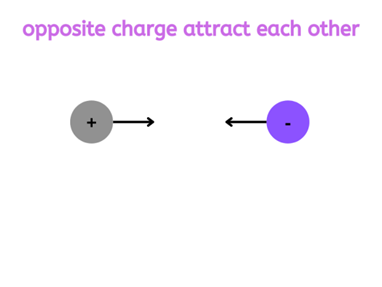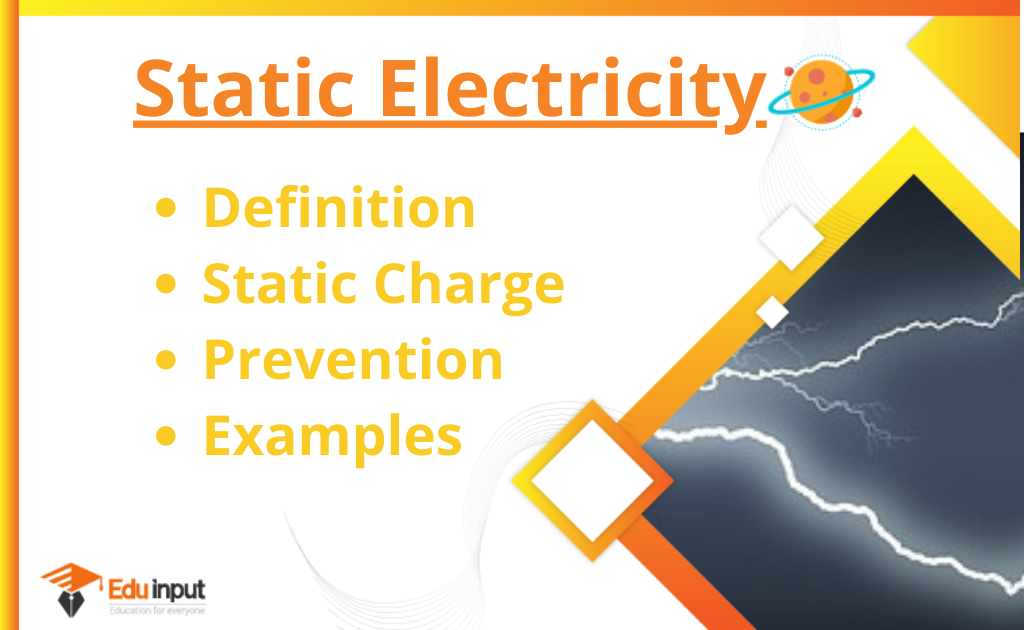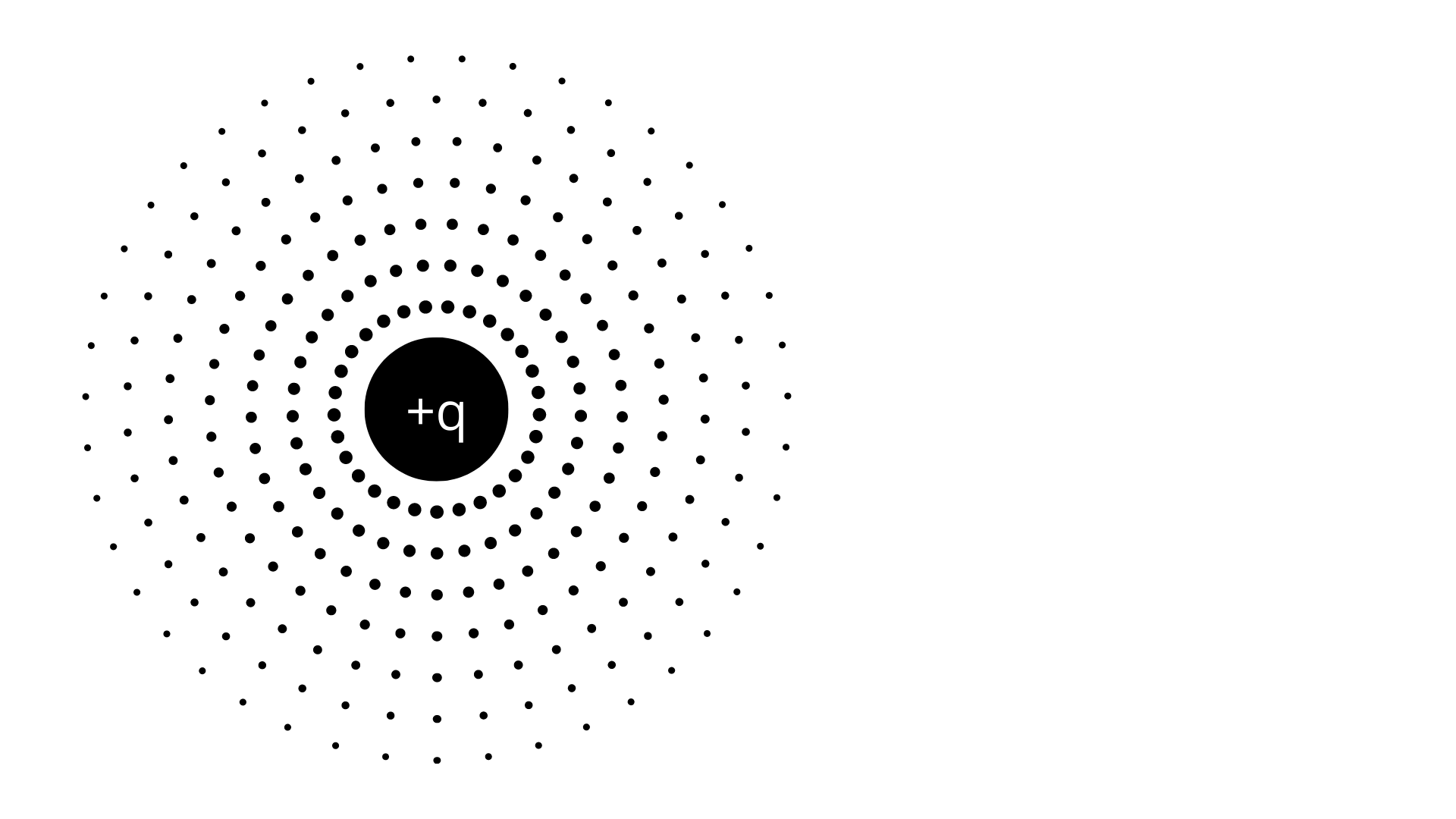What is an Electric Charge? | Positive & Negative Charge
Electric charge is a fundamental property of matter. It refers to the physical property of an object or particle that causes it to attract or repel other charged objects or particles.
Download the pdf notes of an electric charge Class 12 Physics
Types of electric charges
In physics, there are two types of electric charges:
- Positive Charge
- Negative Charges
These charges are fundamental properties of matter and play a crucial role in the behavior and interactions of particles.
Positive Charge
A positive charge is denoted by the symbol “+” and represents an excess of protons in an atom or an object. Protons, which are subatomic particles found in the nucleus of an atom, carry a positive charge. Objects with an overall positive charge will repel other positively charged objects but attract negatively charged objects.
Negative Charge
A negative charge is denoted by the symbol “-” and indicates an excess of electrons in an atom or an object. Electrons, which orbit the nucleus of an atom, carry a negative charge. Objects with an overall negative charge will repel other negatively charged objects but attract positively charged objects.
Symbol of electric charge
The electric charge is represented by q
SI unit of electric charge
The SI Unit of electric charge is Coulomb


Properties of Electric charges
- There are two types of charges (positive and negative)
- A particle having no charge is called a neutral particle
- Attraction and repulsion are due to the electric force
- The force which holds the positive and negative changes to make up atoms and molecules is called the electric force
- Our body is composed of atoms and molecules and our existence is due to the electric force
The moving charges produce an electric current. The first attempt to measure the force between the charges was made by French military engineer Charles Coulomb in 1786 AD. He deduced Coulomb’s law after many experiments. This law state that
“The force of attraction or repulsion between two charges is directly proportional to the product of magnitudes of charges and inversely proportional to the square of the distance between them”
Methods of charging the Particles
We can charge a particle by three methods
- Friction
- Conduction
- Induction
Charging by friction
We can charge a particle by rubbing it against another object. One of the objects emits an electron and the other object acquires an electron. Objects that lose electrons are positively charged, and objects that gain electrons are negatively charged.
Charging by conduction
The method of bringing an uncharged object closer to a charged object to charge it is known as conduction charging. Charged conductors do not have the same number of protons and electrons. Therefore, bringing an uncharged conductor closer will emit electrons and stabilize them.
Charging by induction
The process of charging an uncharged conductor by bringing it close to a charged conductor without any physical contact is known as inductive charging.
Frequently Asked Questions(FAQs)
What is an electric charge example?
Many fundamental, or subatomic, particles of matter have the property of electric charge. For example, electrons have a negative charge, and protons have a positive charge, but neutrons have zero charges.
What causes electric charge?
An electrical charge is created when electrons are transferred to or removed from an object. Electrons have a negative charge, so when they are added to an object, the object becomes negatively charged. When electrons are removed from an object, the object becomes positively charged.
What are the types of charging?
There are three types of charging.
Friction
Induction
Conduction
Is electric charge a force?
Electric charge is the physical property of matter that causes charged matter to experience a force when placed in an electromagnetic field. Electric charge can be positive or negative (commonly carried by protons and electrons respectively). Like charges repel each other and unlike charges attract each other.
How do electric charges move?
The particles that carry charge through wires in a circuit are mobile electrons. The electric field direction within a circuit is by definition the direction that positive test charges are pushed. Thus, these negatively charged electrons move in the direction opposite the electric field.

 written by
written by 





Leave a Reply